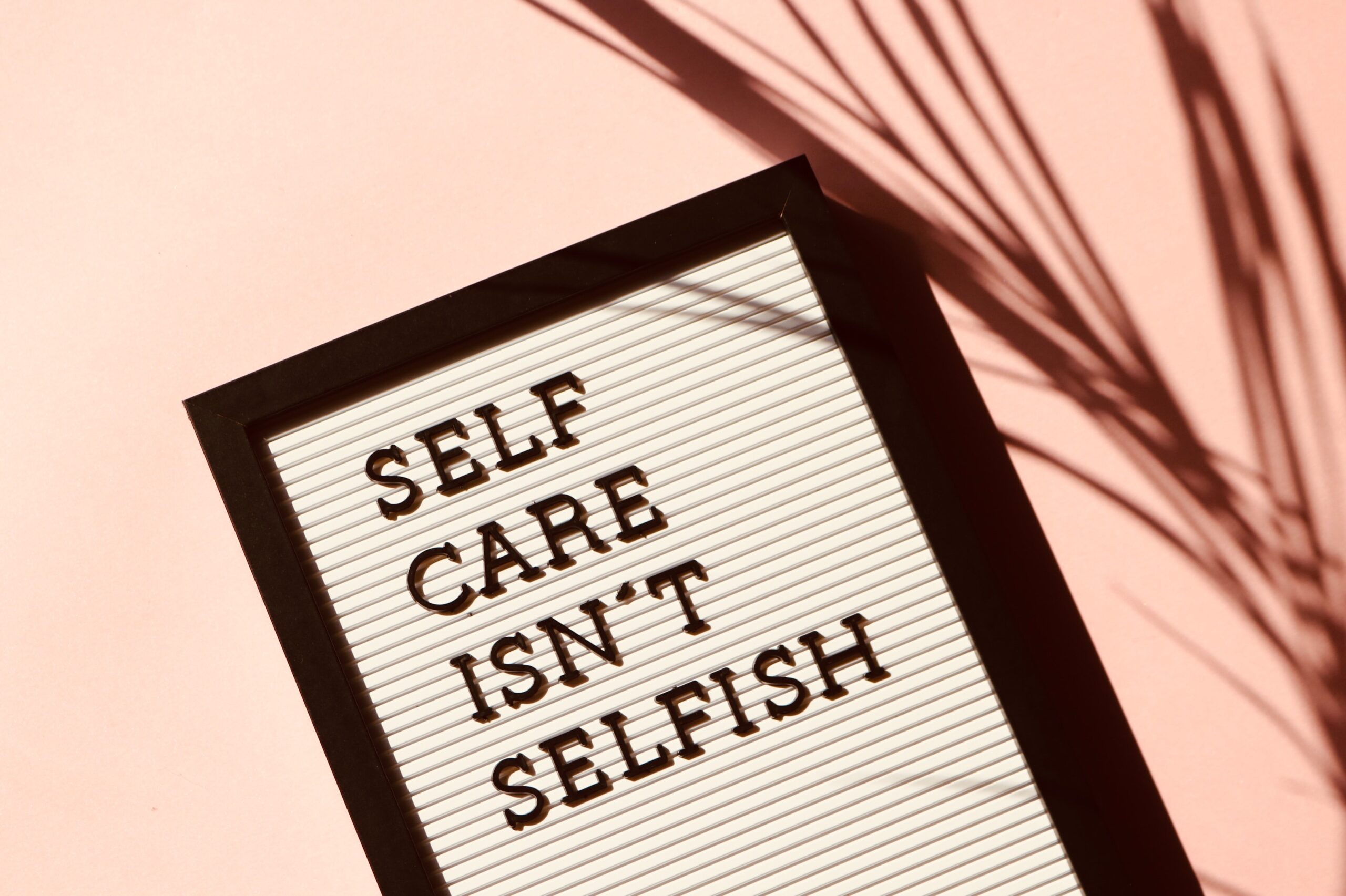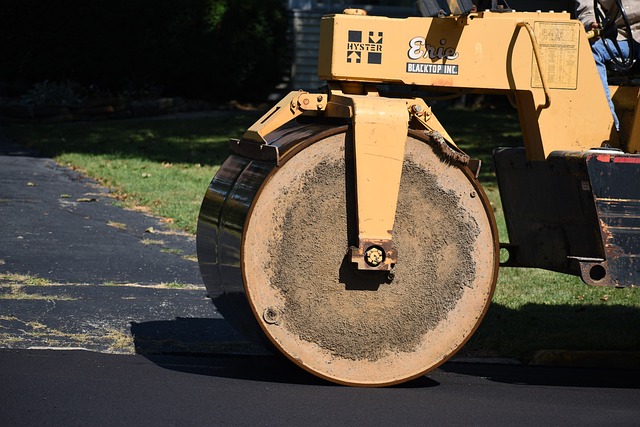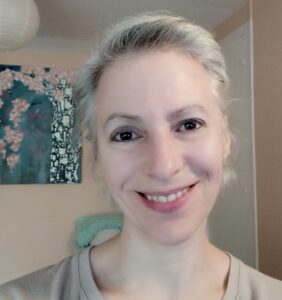We Are Multidimensional
Did you know that you are much more than what you appear to be? We are conditioned from birth to think we are the body. If someday, we enter a spiritual quest, we often spend the rest of our lives trying to undo the confusion! If you’ve ever asked yourself the question, “Who Am I?”, congratulations! Something in you might already be in recognition that everything we’ve been told or thought in answer to that question can never satisfy. We are so much more than we think.
Instead of feeling angst, Divine Me Time provides a system for self-exploration that is about involution as much (if not more so) as evolution. We stop interfering with life, work with who we are now, let go of the drive to “self improve” or “fix” what’s “broken” and instead, surrender to the Life than animates us, trusting every step.
Then what is meant to improve will just happen and what needs fixing will be addressed. It may sound like magical thinking, but it isn’t. There’s still work to be done, but it gets done. Instead of trying to control destiny and every aspect of our lives, we let go and enter the Stream of Divine Flow. Divine Me Time is about letting the capital S-Self take care of “self” so our whole life become the answer to life’s biggest question.
Let the Self Take Care of the “self”
We can let go of the struggle. Through breath, we open to that greater mystery, the life force within us. We make ourselves fully available to it, we make ourselves as empty a vessel as possible and become a channel, not to external voices, but to our own soul.
In order for the Self to take care of the “self”, we have to first recognize that we are indeed the Self. It isn’t some separate entity out of reach. It is here, now. The little self is merely a construct, a representation of that Greater Being. But it isn’t something to destroy in some misunderstood spiritual pursuit (“kill the ego”). Instead, it is to be aligned and integrated with that Higher Self so that we can “be becoming” fully-functioning adults and beacons of sanity. In other words, it is a process.
The practices by which we invite this shift within include breathwork, deeply restorative (as opposed to sporty) yoga, healing chi gong and other forms of energy work, and meditative practices than involve the mirror as well as voicework and other creative arts.
Yogic Models of the Levels of Being
We open channels of communication with all the dimensions of ourselves as expressed by 5-body, 7-body, and 10-body theories described below by Perplexity AI:
The difference between the 5-body, 7-body, and 10-body theories in yogic traditions like Kundalini Yoga lies in the understanding of the human energy system and its components:
– **5-Body Theory**: In this theory, the human being is seen as composed of five bodies or sheaths known as Koshas. These are the physical body (Annamaya Kosha), the energy body (Pranamaya Kosha), the mental body (Manomaya Kosha), the intellectual body (Vijnanamaya Kosha), and the bliss body (Anandamaya Kosha). Each sheath represents a different aspect of human existence, from the physical to the spiritual[1].
– **7-Body Theory**: This theory expands on the 5-body model by adding two additional bodies. It includes the etheric body (Sthula Sharira), which is associated with vitality and life force, and the celestial body (Karana Sharira), which represents the soul or higher self. These additional bodies provide a more comprehensive understanding of the human experience and spiritual evolution[1].
– **10-Body Theory**: The 10-body theory further elaborates on the human energy…. [There are said to be one physical body, three mental bodies, and six energy bodies in the kundalini yoga system — soul, negative mind, positive mind, neutral mind, physical body, arcline (halo), auric, pranic, subtle, and radiant bodies.] Each body plays a specific role in shaping an individual’s consciousness, emotions, and actions, contributing to a deeper understanding of self-awareness and spiritual growth[1].
These theories offer varying perspectives on the layers of existence within an individual, highlighting different aspects of human nature and consciousness in yogic philosophy.
Citations:
[1] https://cdn.ymaws.com/www.iayt.org/resource/resmgr/bibliographies-public/psychophysiology.pdf
[2] https://www.aranyayogaashram.com/recommended-books-inspiration/
[3] https://www.scribd.com/doc/138648121/Brahmacharya-For-Spiritual-Aspirants
[4] https://lakshminarayanlenasia.com/articles/ChakraPuja.pdf
[5] https://www.researchgate.net/publication/368337420_Chakras_A_Psychological_Approach
The DMT Fusion Model
Each system has its uses and points our attention to different aspects of self. So, I prefer a fusion approach which tends to move from the densest to the finest vibratory body (though there’s room for disagreement). I’ll break these down in another post, but for now:
Physical Body
Pranic Body/Life Force
Emotional Body
Mental Body
The Auric Body
Wisdom/Intuitive Body
Radiant Body
Bliss Body/Celestial
Soul
Absolute
Of course, the Absolute remains unavailable to description and definition. It even lies outside of our ability to experience it. And yet, we are it. It’s a paradox that only the Great Mystery could concoct!
In summary, Divine Me Time invites you to open up communication with these fields of our being making it possible to bring all layers of ourselves into greater harmony and alignment.




 So here’s how these kinds of habits can short-circuit any attempts at selfcare. I’ll use yoga as an example.
So here’s how these kinds of habits can short-circuit any attempts at selfcare. I’ll use yoga as an example.


 Selfcare is a buzzword and often a marketing ploy to get you to buy some product or service (even mine!). But selfcare isn’t something that comes from outside of you by its very definition. Selfcare, real selfcare, is an inside job.
Selfcare is a buzzword and often a marketing ploy to get you to buy some product or service (even mine!). But selfcare isn’t something that comes from outside of you by its very definition. Selfcare, real selfcare, is an inside job. About the Author:
About the Author:
 Every Spring, many minds turn to the practice of spring cleaning, clearing out the closets, dusting in all the nooks and crannies of a home, and making things sparkle!
Every Spring, many minds turn to the practice of spring cleaning, clearing out the closets, dusting in all the nooks and crannies of a home, and making things sparkle!